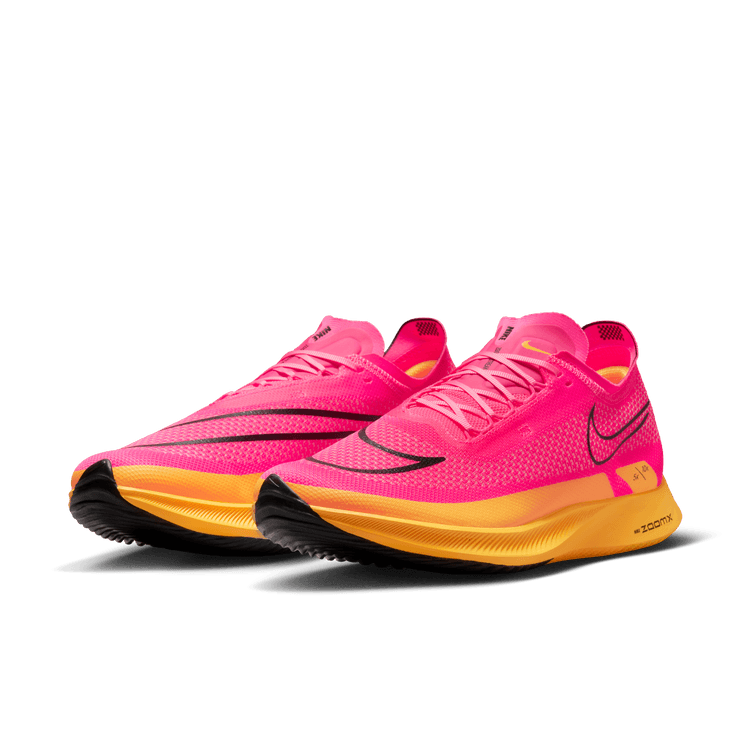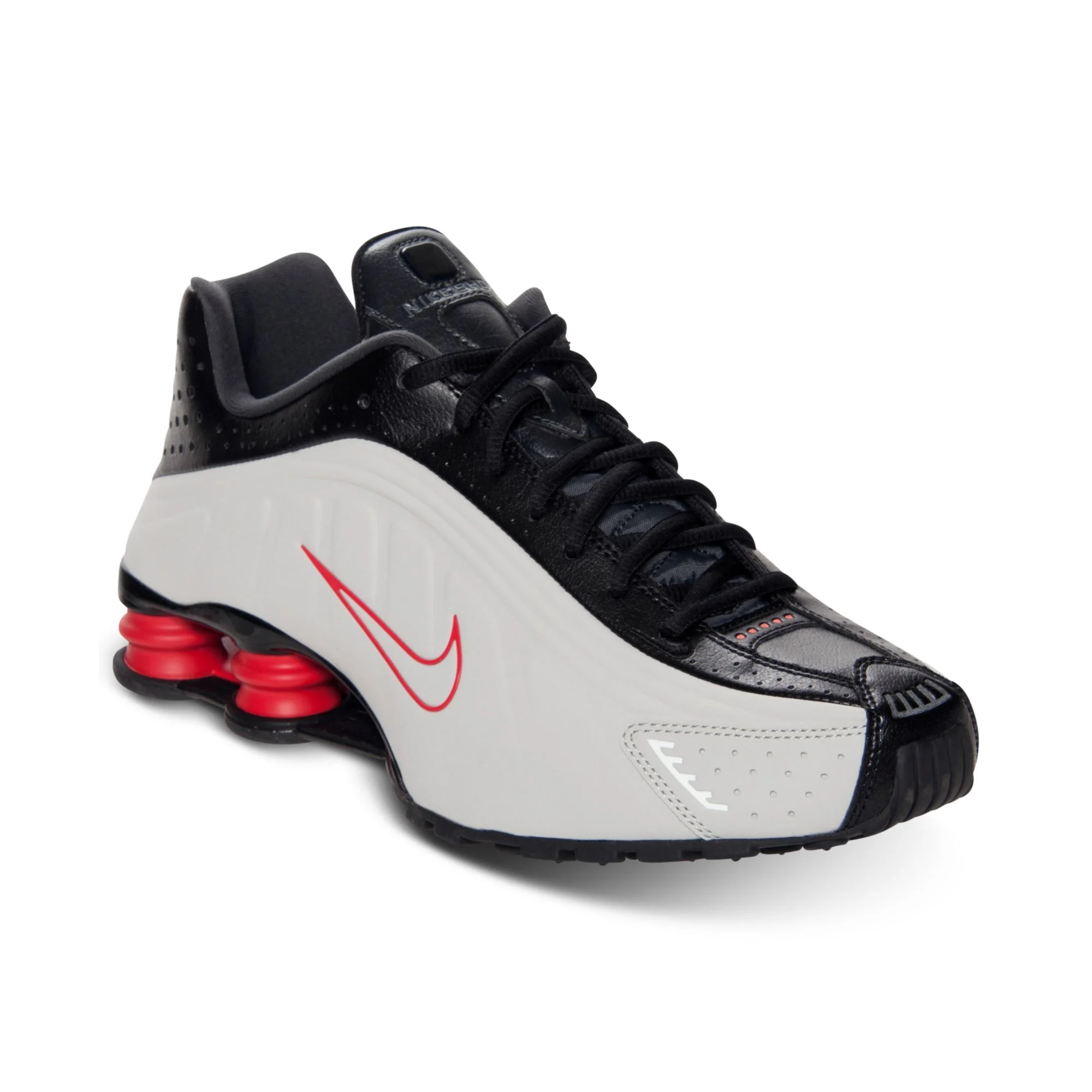Nike has always been synonymous with innovation in the realm of athletic footwear. One of their standout advancements in recent years is the introduction of carbon plate technology into their running shoes. This innovation has not only transformed the footwear landscape but also marked a significant shift in performance enhancement for athletes across various sports. In this comprehensive analysis, we will delve into the intricacies of Nike’s carbon plate shoes, exploring their development, benefits, popular models, and impact on the sporting world.
The Evolution of Running Shoe Technology
Early Innovations in Athletic Footwear
The journey of running shoe technology began long before the introduction of carbon plates. In the early 20th century, running shoes were simple and basic, primarily designed to protect the feet from rough surfaces. Over the decades, advancements in materials and design led to the creation of more specialized and performance-oriented footwear. The 1970s and 1980s saw significant strides in cushioning technology, with the introduction of EVA foam, which improved comfort and shock absorption for runners.
The Birth of Carbon Plate Technology
The concept of integrating a carbon plate into running shoes emerged as a response to the growing demand for enhanced performance and efficiency. The idea was to create a shoe that could store and return energy efficiently, providing a boost to runners’ strides. Nike played a pivotal role in bringing this concept to fruition, drawing inspiration from the principles of biomechanics and material science.
The Mechanics of Carbon Plate Technology
How Carbon Plates Work
At the core of carbon plate technology is a thin, rigid plate made from carbon fiber. This plate is strategically embedded within the midsole of the shoe. The primary function of the carbon plate is to enhance energy return and propulsion. When a runner takes a step, the plate flexes and stores energy, which is then released during toe-off, propelling the runner forward with greater efficiency.
Additionally, carbon plates contribute to stability and reduce the flexion of the forefoot, minimizing energy loss. The result is a more efficient stride that requires less effort, allowing runners to maintain higher speeds for longer durations.
The Science Behind Energy Return
Energy return is a key factor in performance enhancement. Traditional running shoes with foam midsoles can compress and absorb energy during each stride, leading to a loss of potential energy. Carbon plates, on the other hand, act as a spring, storing and releasing energy with each step. This leads to improved running economy, reduced fatigue, and faster race times.
Benefits of Nike Carbon Plate Shoes
Enhanced Performance and Speed
One of the primary benefits of carbon plate shoes is their ability to enhance overall performance and speed. The energy-returning properties of the carbon plate provide runners with a noticeable boost, allowing them to cover more ground with each stride. This is particularly advantageous for long-distance runners and competitive athletes looking to shave seconds off their personal bests.
Reduced Fatigue and Improved Efficiency
Running efficiency is a crucial factor in endurance sports. Carbon plate shoes help reduce the strain on muscles and joints, leading to decreased fatigue over extended distances. By optimizing the energy expenditure during each step, these shoes allow runners to maintain their pace and form, even in the later stages of a race or training session.
Injury Prevention
The stability provided by the carbon plate also contributes to injury prevention. By minimizing excessive flexion of the forefoot and providing a more stable platform, these shoes help reduce the risk of overuse injuries such as plantar fasciitis and stress fractures. This is particularly important for runners who are prone to repetitive stress injuries.
Popular Models of Nike Carbon Plate Shoes
Nike Vaporfly Series
The Nike Vaporfly series is perhaps the most iconic line of carbon plate shoes. Launched in 2017, the Vaporfly 4%, named for its ability to improve running economy by an average of 4%, quickly gained popularity among elite runners. The Vaporfly Next% further refined the design, incorporating a wider toe box and improved cushioning. Runners wearing these shoes set multiple world records, solidifying the Vaporfly’s reputation as a game-changer in the world of distance running.
Nike Air Zoom Alphafly NEXT%
Building on the success of the Vaporfly series, Nike introduced the Air Zoom Alphafly NEXT%. This model features a combination of carbon plate technology, Zoom Air pods, and an ultra-responsive midsole foam called ZoomX. The result is a shoe that delivers unparalleled energy return and cushioning. The Alphafly NEXT% gained international attention when Eliud Kipchoge wore them during his historic sub-two-hour marathon run in 2019.
Nike Zoom Fly Series
The Nike Zoom Fly series offers a more accessible entry point into the world of carbon plate shoes. While not as advanced as the Vaporfly or Alphafly models, the Zoom Fly still incorporates a carbon-infused nylon plate and responsive cushioning. This makes it a popular choice for runners seeking improved performance without the premium price tag.
 The Impact on the Running Community
The Impact on the Running Community
Revolutionizing Competitive Racing
The introduction of carbon plate shoes has had a profound impact on competitive racing. Runners have consistently achieved faster times and broken numerous records while wearing these shoes. This has led to debates and discussions within the running community regarding the fairness of using such advanced footwear in competitions. Some argue that the technology provides an unfair advantage, while others view it as a natural progression in the evolution of sports equipment.
Influence on Shoe Design and Technology
Nike’s carbon plate shoes have set a precedent for innovation in the footwear industry. Competitor brands have responded by developing their versions of carbon plate technology, leading to a wave of advancements in shoe design. This competitive spirit has driven the entire industry to push the boundaries of what is possible, resulting in a wide range of high-performance shoes that cater to different running styles and preferences.
Future Prospects and Developments
Advancements in Material Science
As technology continues to evolve, so too will the materials used in carbon plate shoes. Researchers and designers are constantly exploring new composites and manufacturing techniques to improve the performance, durability, and sustainability of these shoes. Lighter and more responsive materials will likely be at the forefront of future developments.
Expanding Beyond Running
While carbon plate technology has primarily been associated with running, its potential applications extend beyond this sport. Basketball, soccer, and other high-intensity sports could benefit from the energy return and stability provided by carbon plates. This opens up exciting possibilities for athletes across a spectrum of disciplines.
Conclusion: Nike carbon plate shoes
Nike carbon plate shoes represent a remarkable leap forward in the world of athletic footwear. By incorporating cutting-edge materials and design principles, Nike has created a new standard for performance enhancement. The benefits of these shoes, including improved speed, reduced fatigue, and injury prevention, have revolutionized competitive racing and influenced the entire industry. As technology continues to advance, the future of carbon plate shoes holds even more promise, extending their impact to various sports and pushing the boundaries of athletic performance.
Nike’s carbon plate shoes have not only changed the game for runners but have also set the stage for a new era of innovation in sports footwear. With each stride, athletes are propelled closer to their goals, thanks to the remarkable combination of science, technology, and design that defines these revolutionary shoes.



